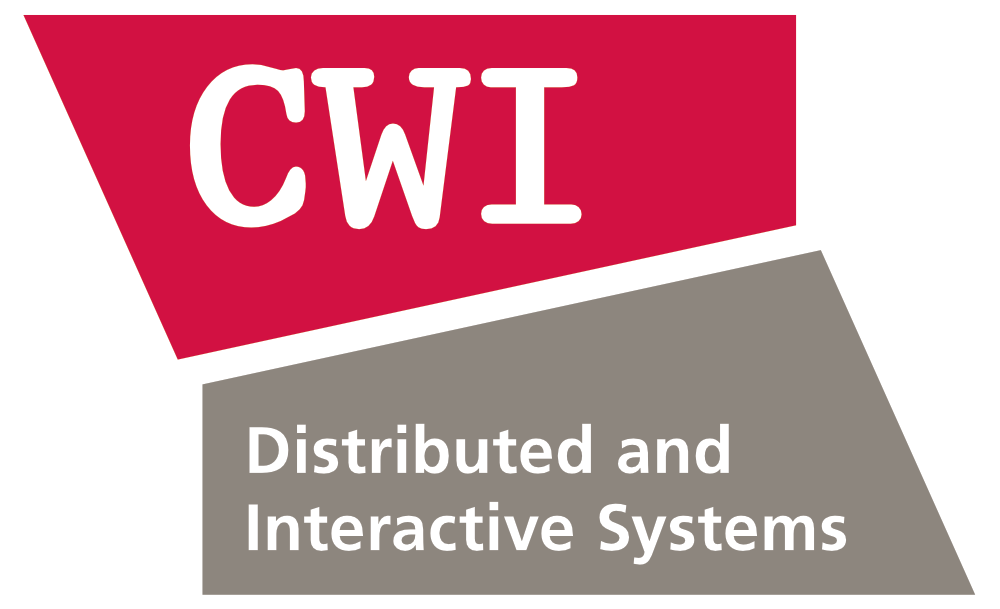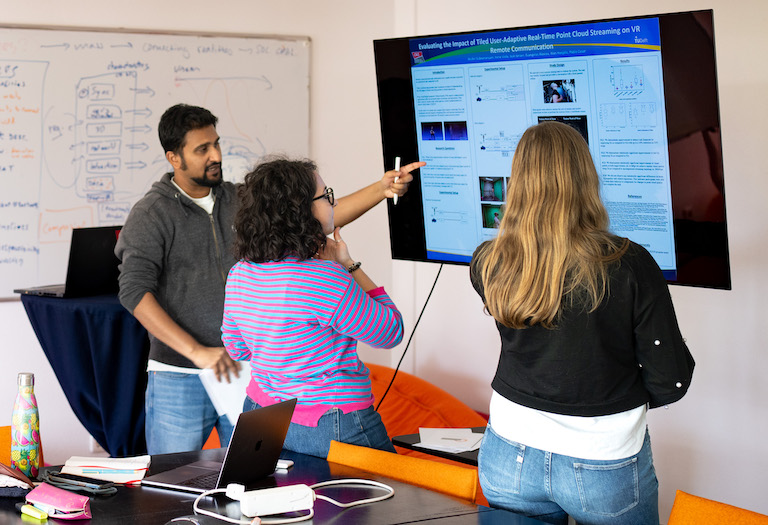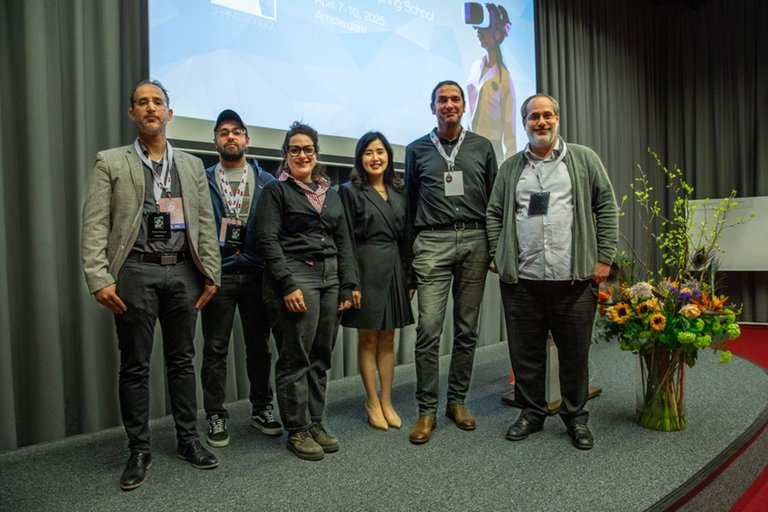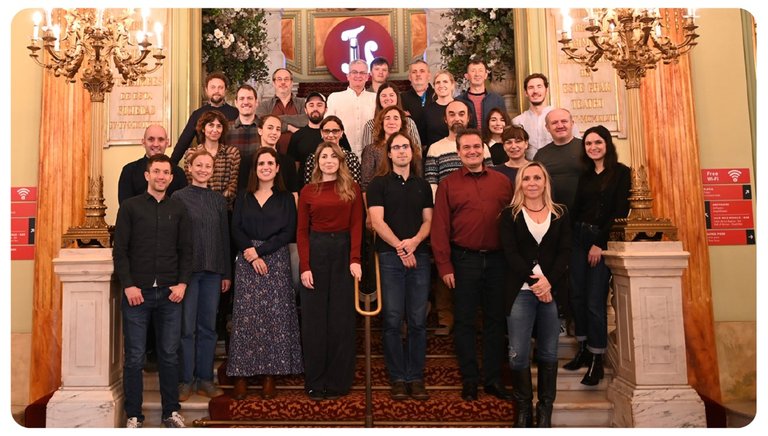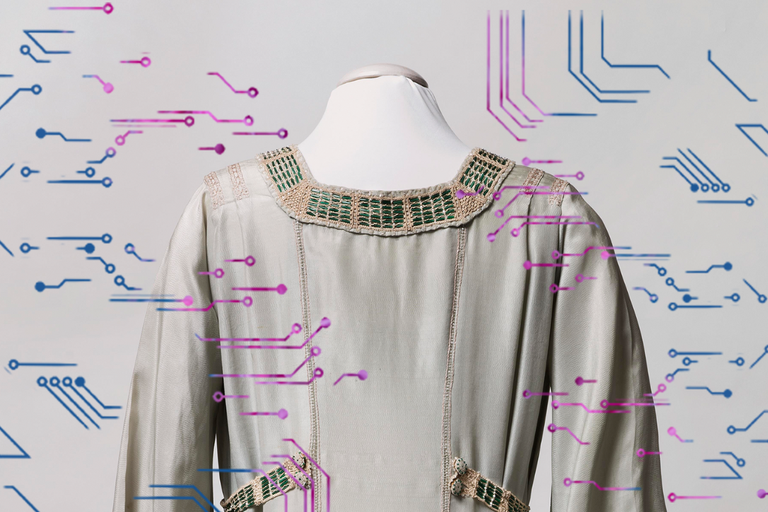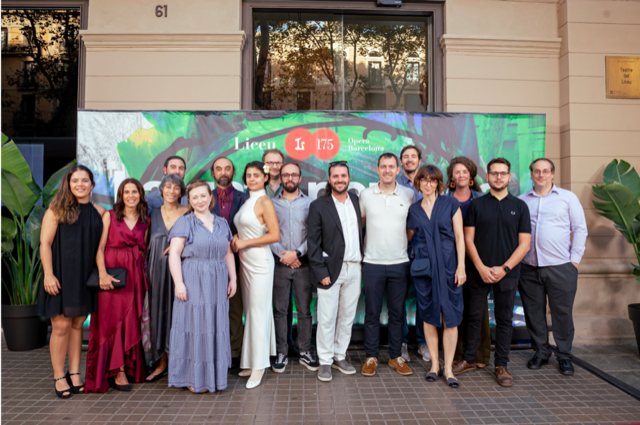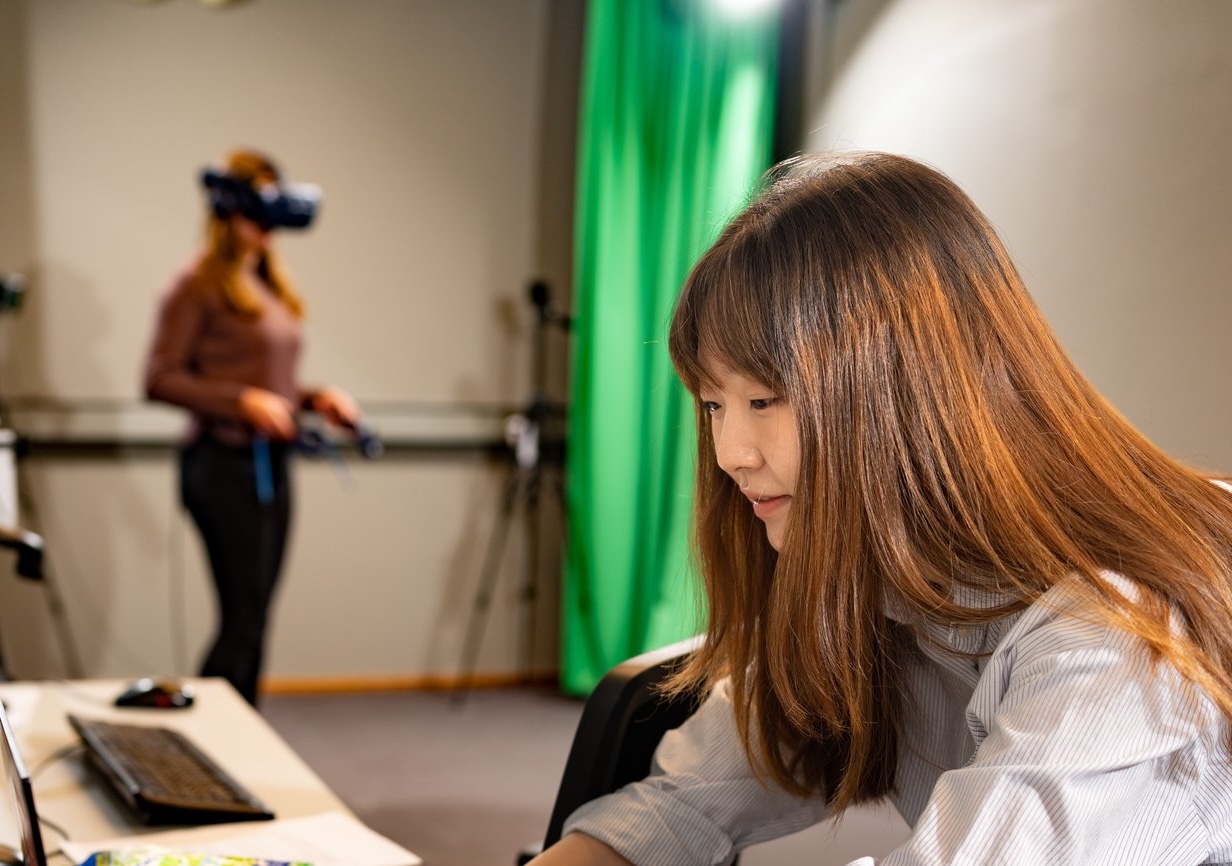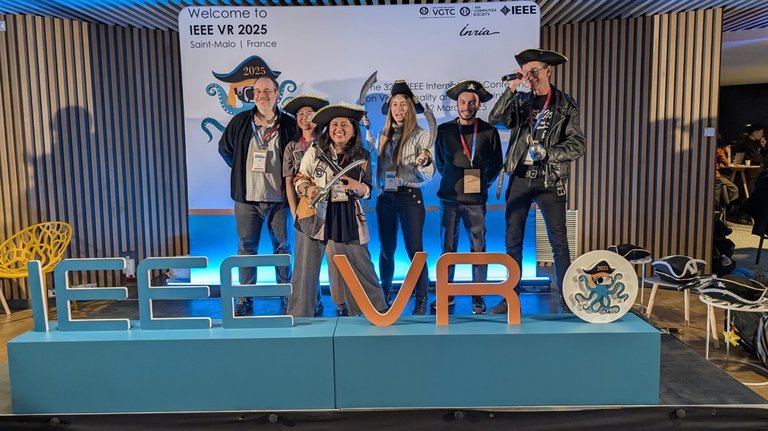Distributed & Interactive Systems Group
Our research group focuses on facilitating and improving the way people use interactive systems and how people communicate with each other. We combine data science with a strong human-centric, empirical approach to understand the experience of users. This enables us to design and develop next generation intelligent and empathic systems. We base our results on realistic testing grounds and data sets, and embrace areas such as ubiquitous computing, human-centered multimedia systems, and languages.
The group addresses key problems for society and science, following a multi-disciplinary approach. This results in a full-stack methodology that enables us to bridge socio-technical gaps in society and science by instrumenting the appropriate infrastructures and communication protocols using realistic testing grounds.
Distributed and Interactive Systems is an outward-looking research group, that enjoys a number of fruitful partnerships with companies and organizations in the areas of creative industries, smart cities, automotive industry and wellbeing. Our group transfers knowledge through scientific publications, standards bodies, open-source implementations and consultancy. We pride ourselves on pushing boundaries, leading the way for others to follow.
Pinned Items
Master's Thesis Topics at CWI DIS
Publication date: 2025-05-06
The Distributed & Interactive Systems group at CWI has new open positions for motivated students who would like to work on their Master’s thesis as an internship in the group. Topics include human computer interaction, artificial intelligence, cognitive (neuro-)science and/or interaction design. Keep reading for more information about research topics, requirements and contact information.
Read moreDIS Organizes 3rd Edition of Spring School on Social XR
Publication date: 2025-04-17
The Distributed and Interactive Systems group (DIS) organized the third edition of the Spring School on Social XR. The event took place from 7 to 10 April 2025 and attracted 30 students from various disciplines, including technology, the social sciences, and the humanities.
Read moreNew EU-funded Project AMPLIFY Joins the Revolution of the Cultural and Creative Industries
Publication date: 2024-12-02
The project will run for the next 36 months and aims to empower artists, technologists, and communities by driving innovation in the Cultural and Creative Industries.
Read moreFrom "One Size Fits All" to Design for Social Inclusion
Publication date: 2024-12-02
CWI’s DIS group takes part in TU Delft led TACIT research project that aims to break down barriers for the 1 in 4 Dutch affected by disabilities
Read more"Fashion Beneath the Skin" - Unique Collaborative Social Virtual Reality Installation
Publication date: 2024-06-18
Thanks to the volumetric video setup by CWI’s DIS group, two remote visitors can simultaneously explore the virtual exhibition.
Read moreLatest News
TRACTION, one of the Top Success Stories in 40 Year of EU Innovation
Publication date: 2025-05-14
A set of tools to foster the creation of opera in community, using technology to reach new audiences and connect artists.
Read moreDIS at CHI 2025
Publication date: 2025-04-23
Research carried out by the Distributed and Interactive Systems (DIS) group from Centrum Wiskunde & Informatica (CWI) has resulted in contributions to this year’s ACM CHI Conference on Human Factors in Computing Systems (CHI 2025), to be held in Yokohama, Japan.
Read moreNew IPN Special Interest Group on Human-Computer Interaction
Publication date: 2025-04-17
The ICT Research Platform Nederland (IPN), has recently approved a new Special Interest Group (SIG) on Human-Computer Interaction (HCI). This group will be led by Prof. Alessandro Bozzon (TU Delft), Prof. Pablo Cesar (CWI and TU Delft), and Prof. Judith Masthoff (University of Utrecht)
Read moreDIS Group at IEEE VR 2025
Publication date: 2025-04-12
Research carried out by the Distributed and Interactive Systems (DIS) group from Centrum Wiskunde & Informatica (CWI) has resulted in several contributions to IEEE VR 2025. The 32nd IEEE Conference on Virtual Reality and 3D User Interfaces (March 8–12, 2025).
Read more